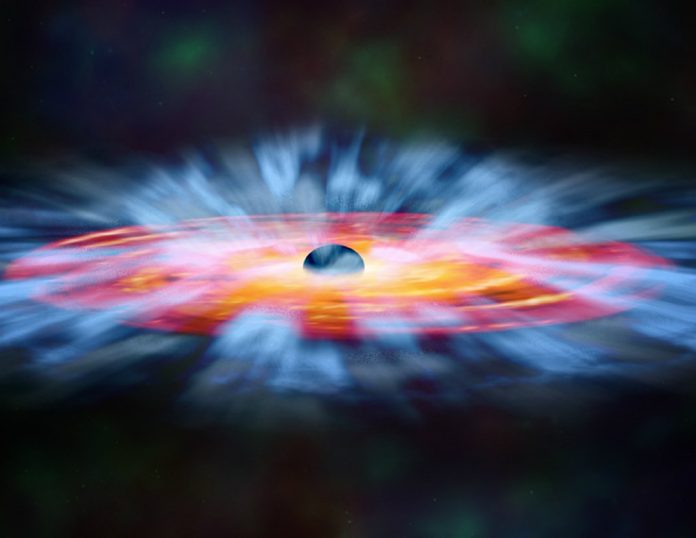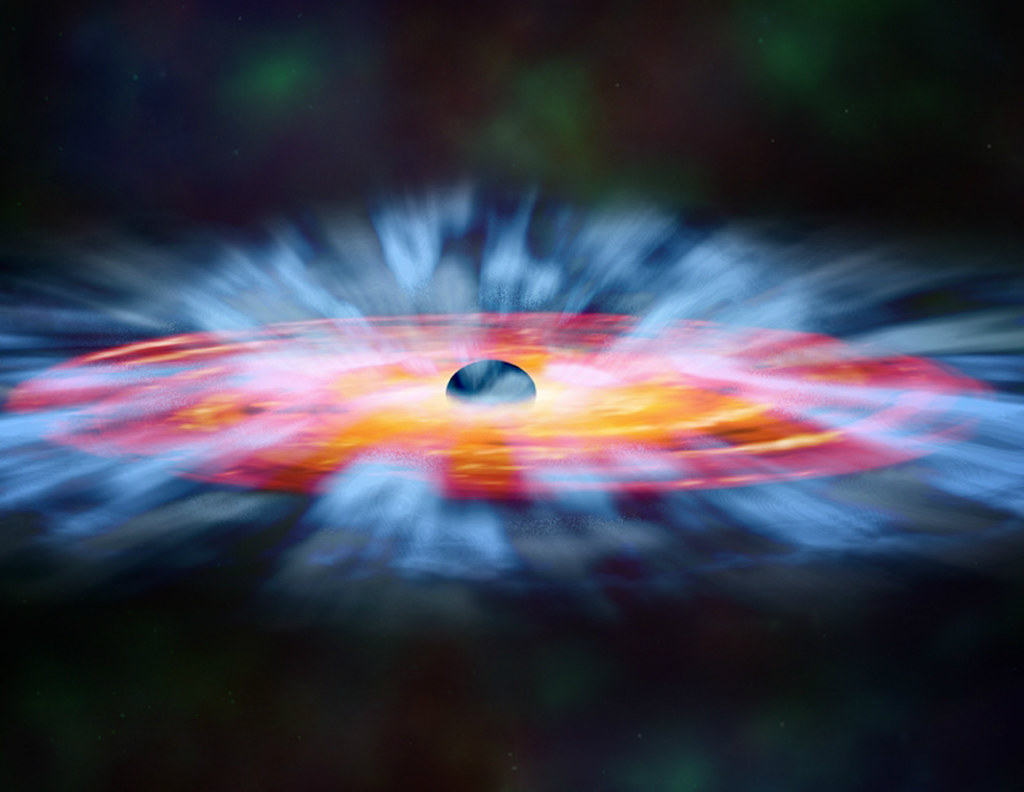
In a groundbreaking discovery that seems to have leapt from the pages of a sci-fi novel, astronomers have observed a cosmic phenomenon that reaffirms the towering intellect of Albert Einstein.
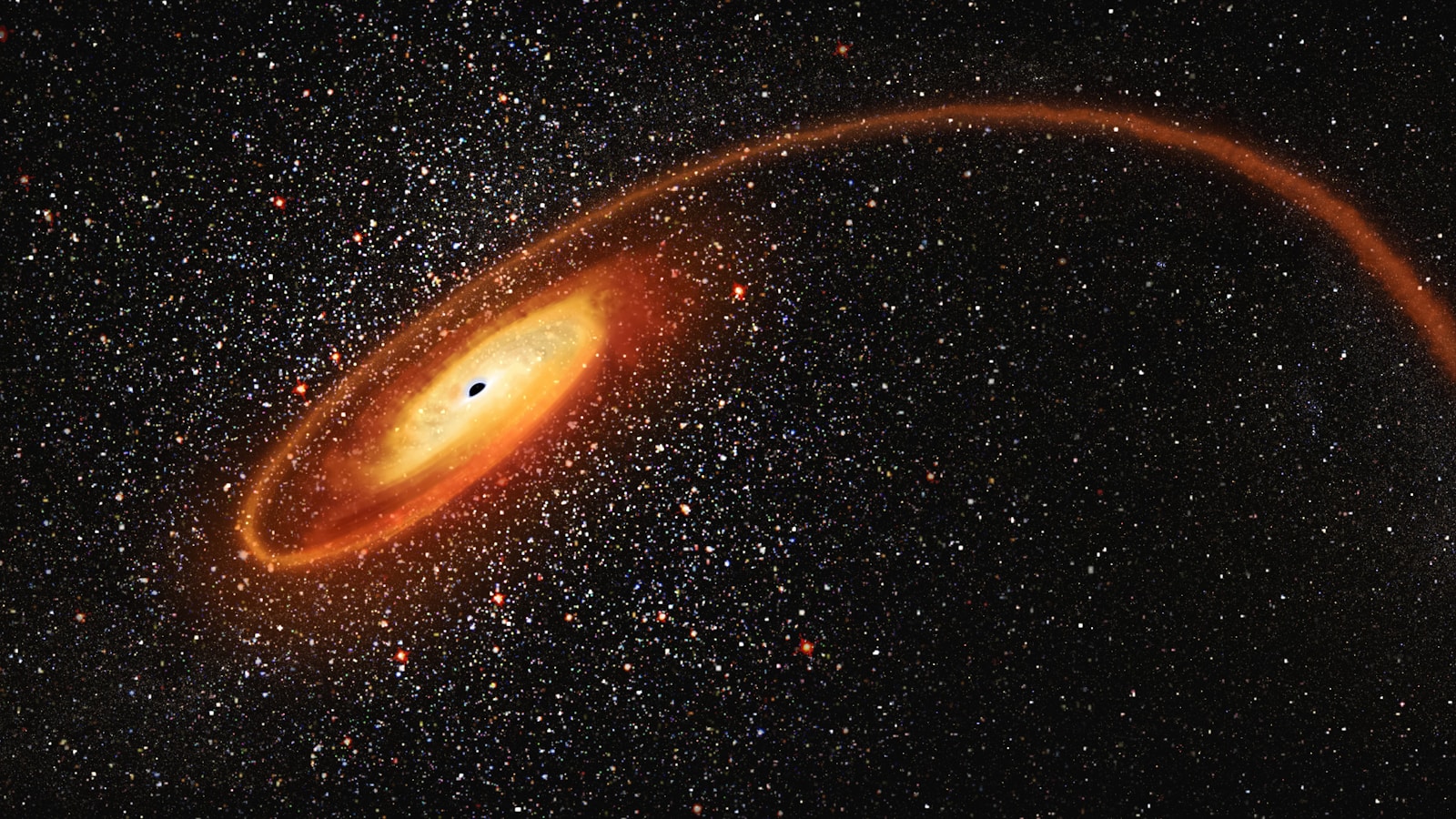
A team of astronomers using high-precision X-ray telescopes has for the first time seen matter being irresistibly dragged into the “plunging region” of a black hole, just as Einstein’s theory of gravity predicted over a century ago.
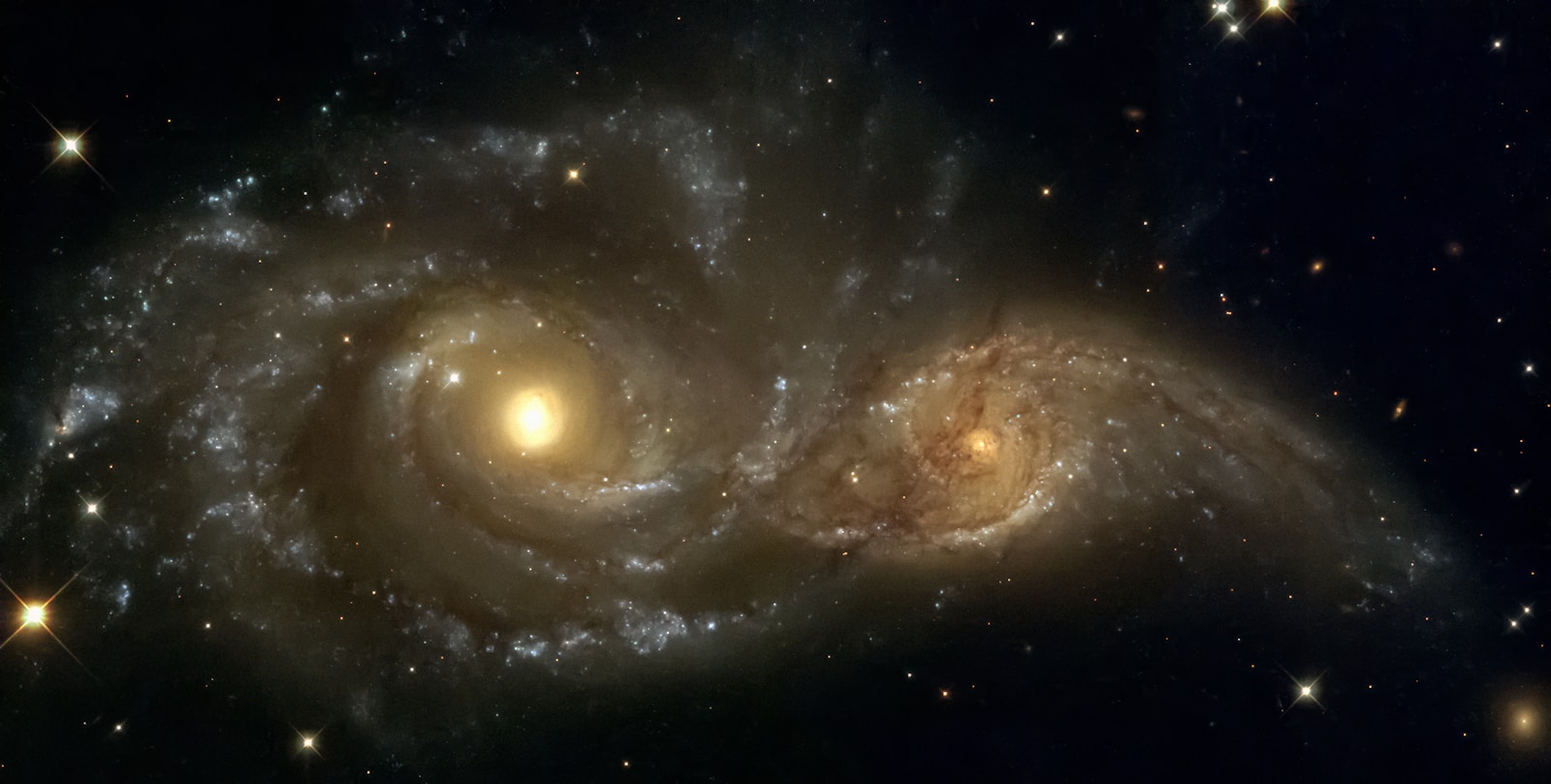
This monumental observation occurred approximately 10,000 light-years from Earth, in a star system known as MAXI J1820+070. Here, a star smaller than our sun is caught in the gravitational dance with a black hole estimated at 7 to 8 solar masses.
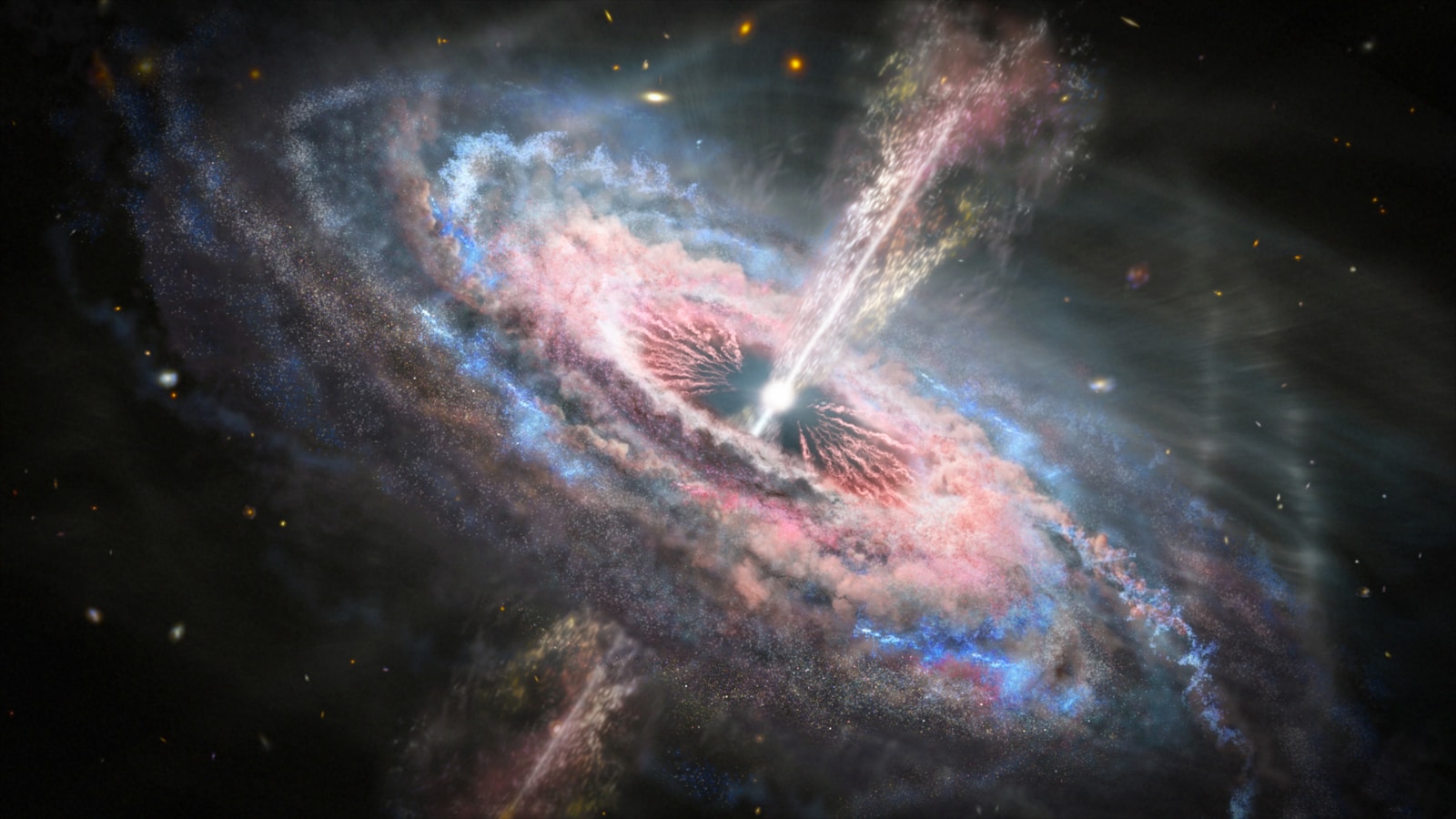
It is within this dramatic cosmic ballet that scientists have glimpsed the point of no return – the threshold where matter gives way to the black hole’s insatiable gravity and cascades like a waterfall into the abyss.
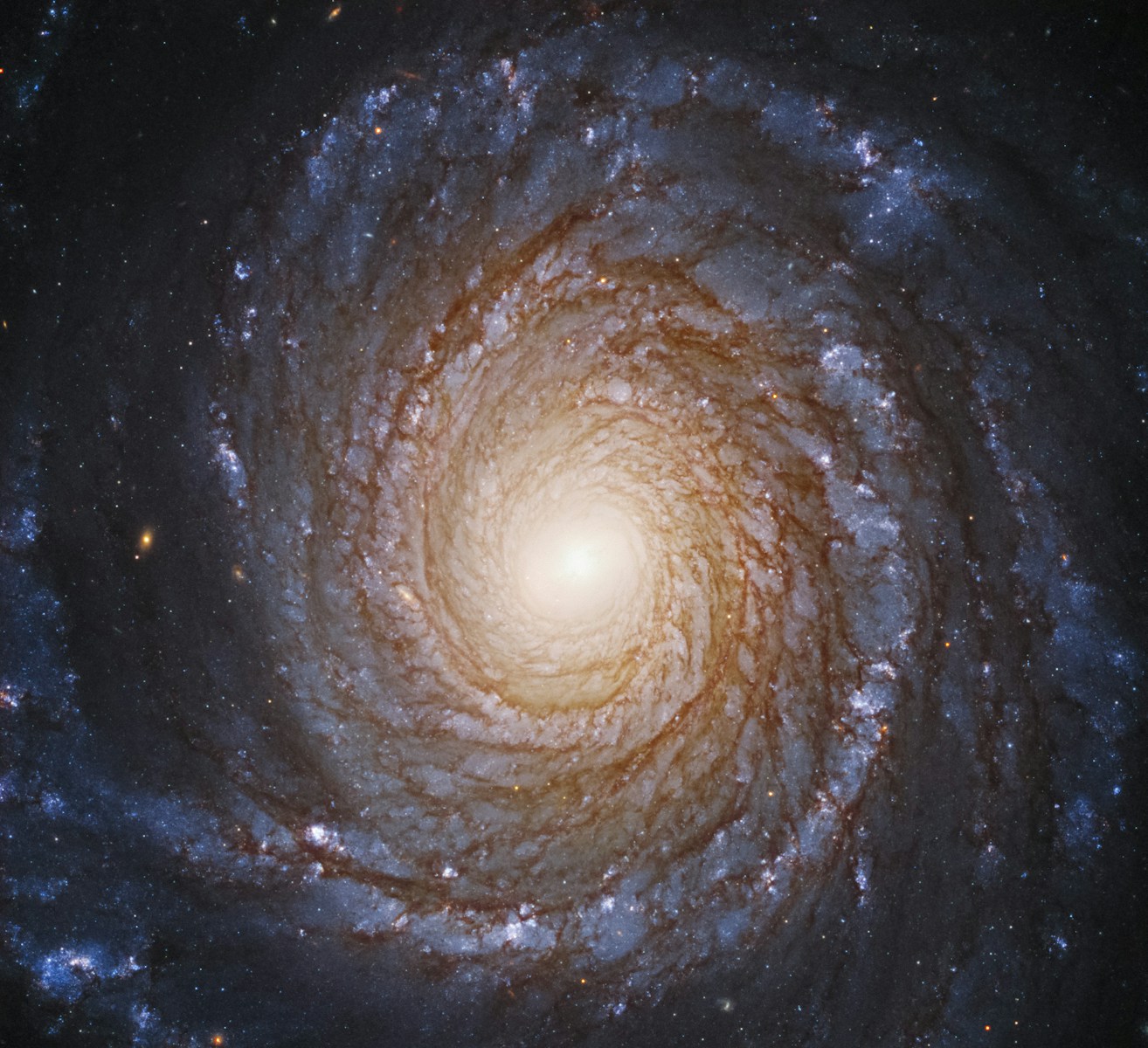
The plunging region is likened to “the edge of a waterfall,” as described by Andrew Mummery, a leading researcher on the study and a Leverhulme-Peierls Fellow at the University of Oxford. While the event horizon of a black hole represents an absolute boundary beyond which light cannot escape, the plunging region still allows for light to flee but seals the fate of matter to be consumed by the black hole.
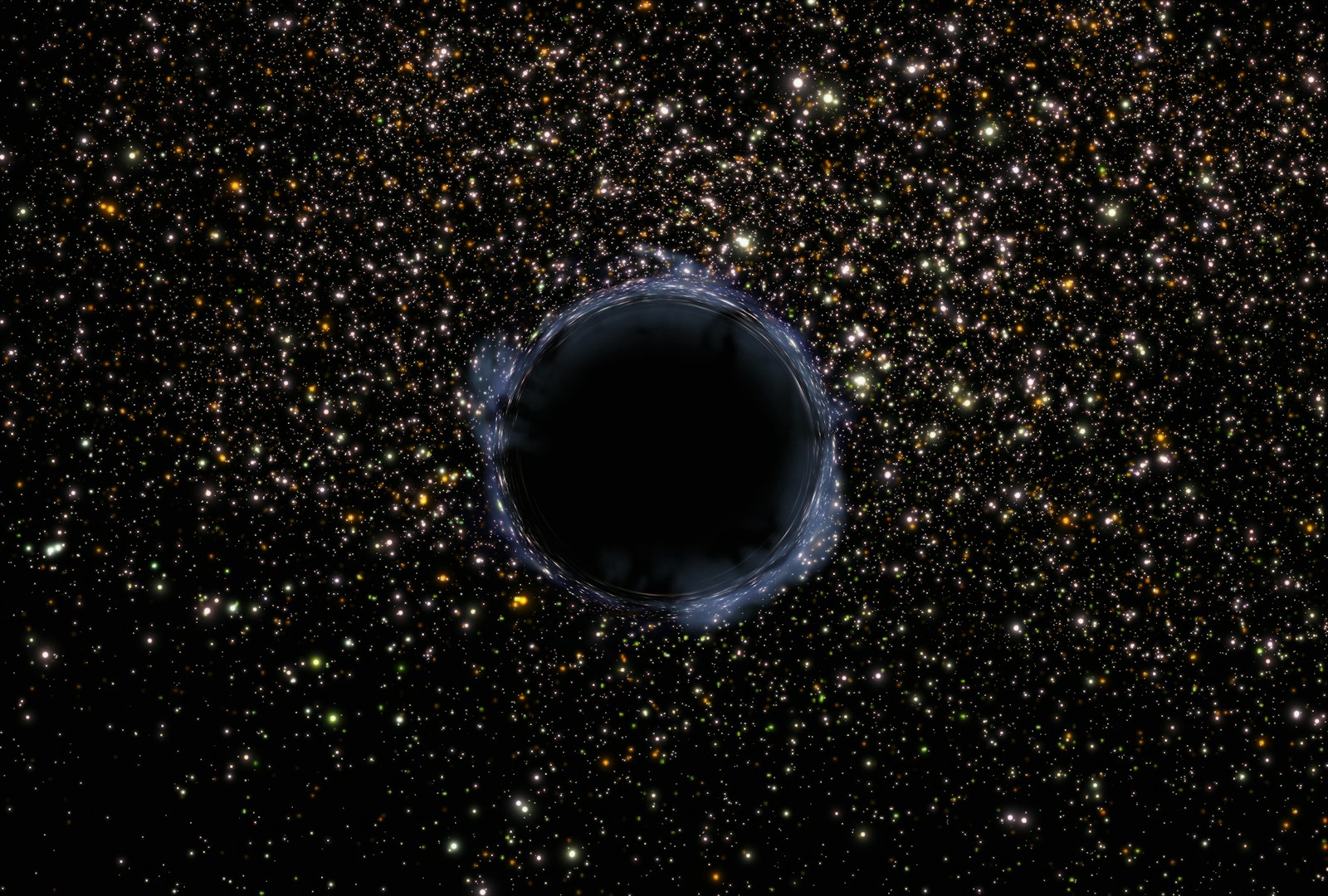
Armed with NASA’s NuSTAR and NICER telescopes, astronomers collected data that could not be explained by any other models than those incorporating the plunging region. “We’ve been ignoring this region, because we didn’t have the data,” Mummery stated, explaining the significance of this discovery. “But now that we do, we couldn’t explain it any other way.”
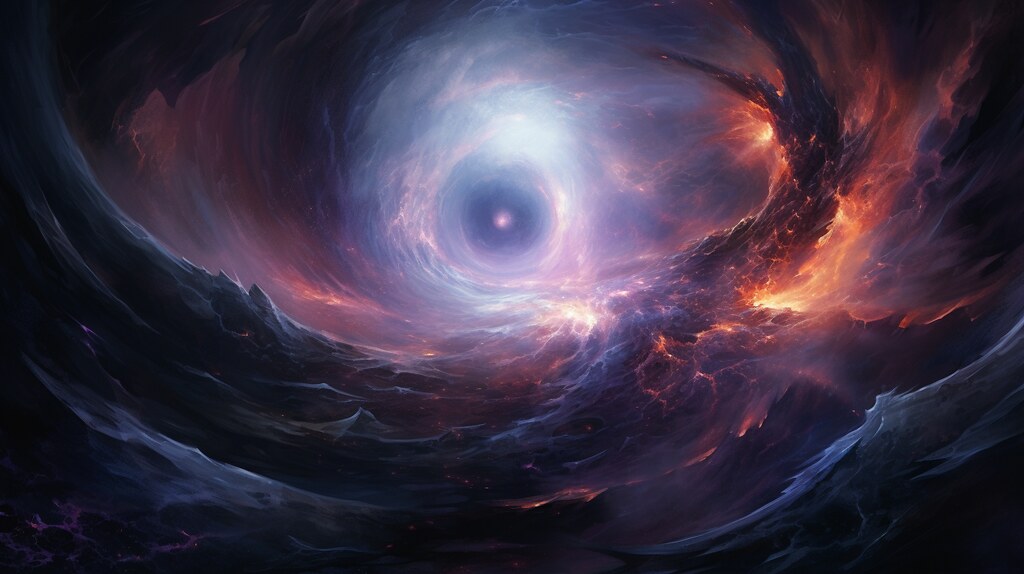
The NuSTAR (Nuclear Spectroscopic Telescope Array) and NICER (Neutron star Interior Composition Explorer) have provided an unprecedented view of this extreme cosmic environment.

Positioned on the International Space Station, these instruments have observed X-rays emitted by the hot plasma, or gas, as it spirals into the black hole’s clutches. The data, when plugged into mathematical models, confirmed the existence of the plunging region, a testament to Einstein’s general relativity’s robustness.

“Einstein’s theory predicted that this final plunge would exist, but this is the first time we have been able to demonstrate it happening,” Mummery revealed, highlighting the thrill of confirming a long-standing prediction.
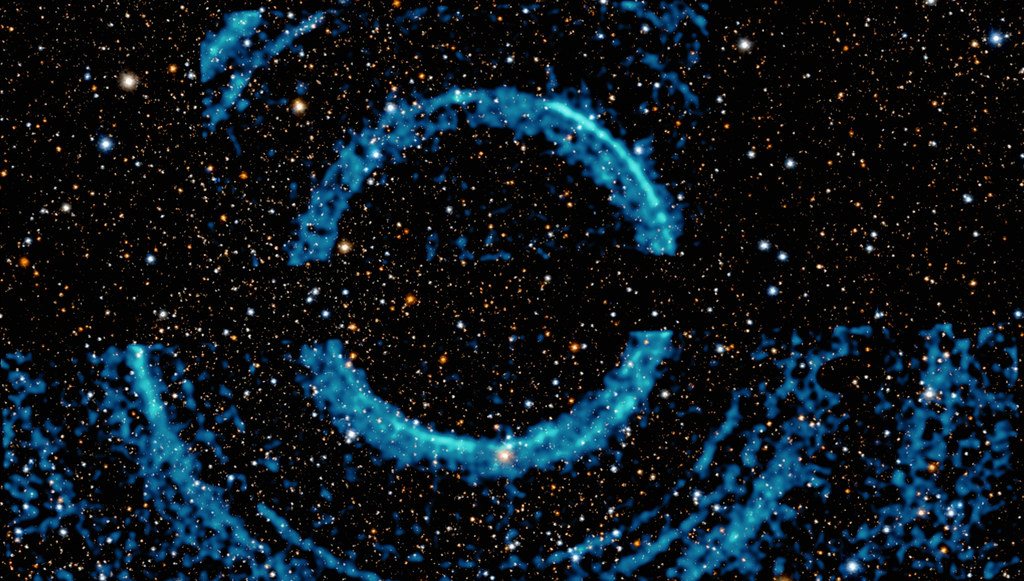
Such a breakthrough not only offers a visual confirmation of Einstein’s theory but also promises to unlock further secrets about black holes and the very fabric of space-time.

Christopher Reynolds, a professor of astronomy at the University of Maryland, College Park, not involved in the study, emphasized the importance of this discovery, stating that it “will let scientists significantly refine models for how matter behaves around a black hole.”
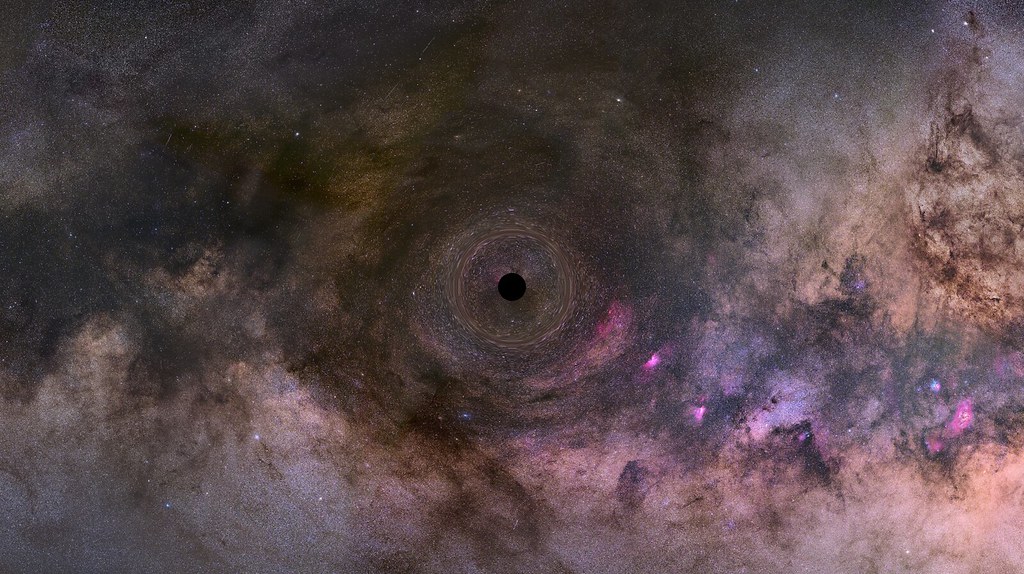
The insights gained from this study are poised to help astronomers better understand black hole formation and evolution. In addition, it may also aid in measuring the rotation rate of black holes, offering a more nuanced comprehension of these enigmatic celestial objects.
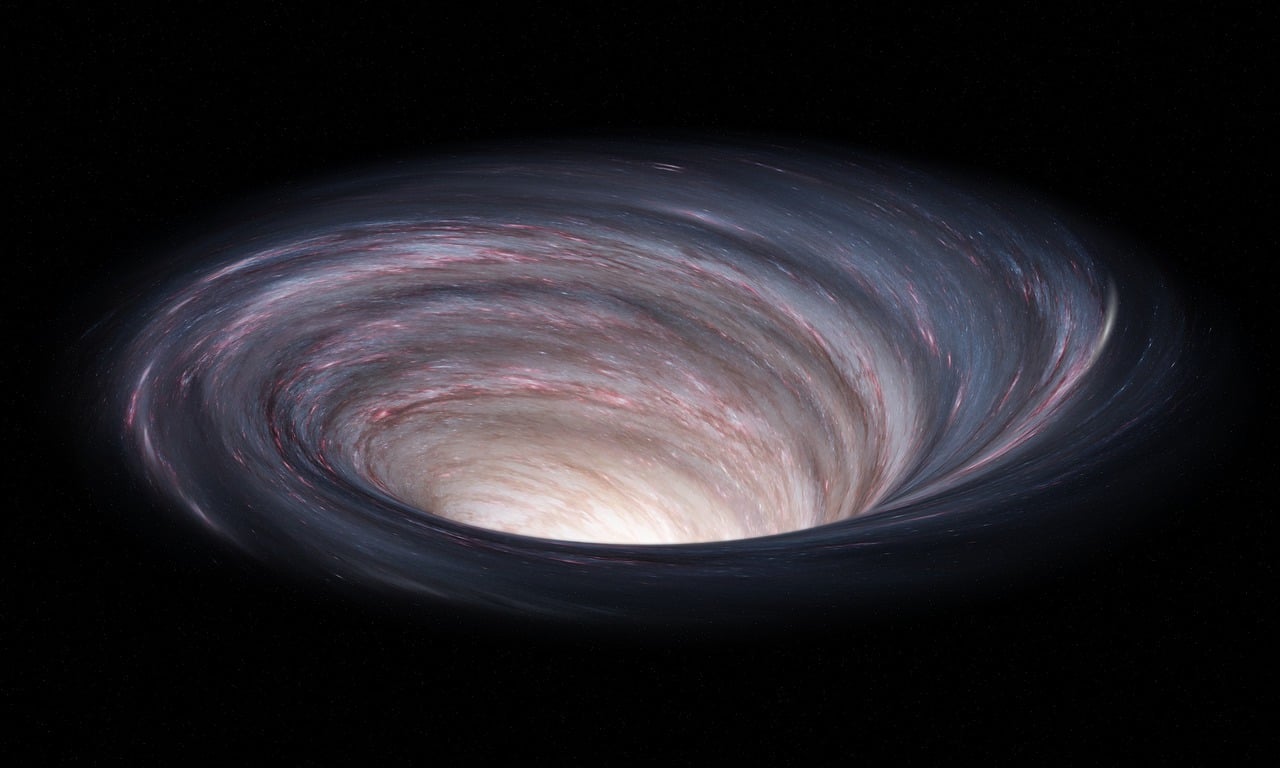
In the broader scope of astronomy, this finding is just the beginning. A second Oxford team is working to build a new observatory, the Africa Millimetre Telescope in Namibia.
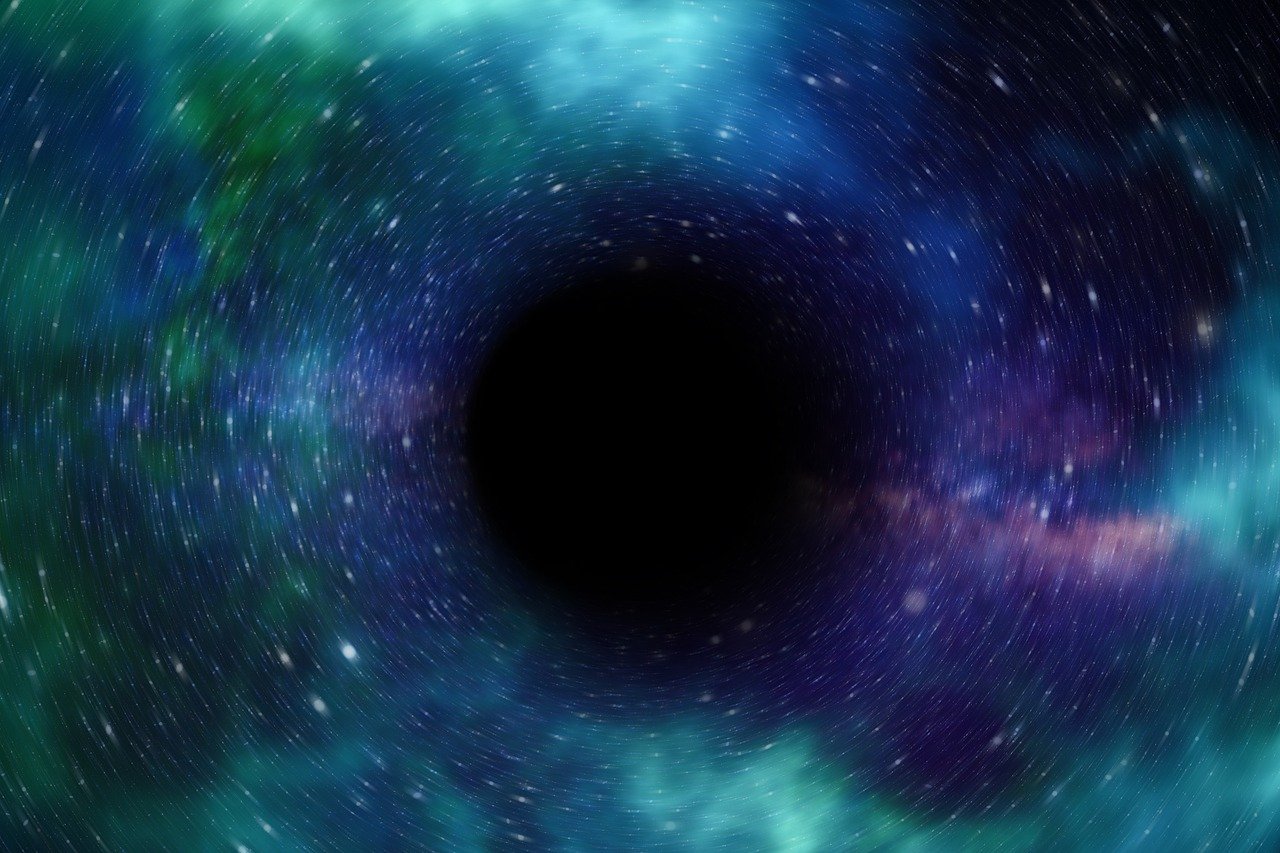
Once operational, it will join the international Event Horizon Telescope collaboration, which captured the first image of a black hole in 2019. The expectation is high that within a decade, this new telescope could even deliver the first black hole ‘movie,’ providing a dynamic glimpse into the heart of these cosmic giants.
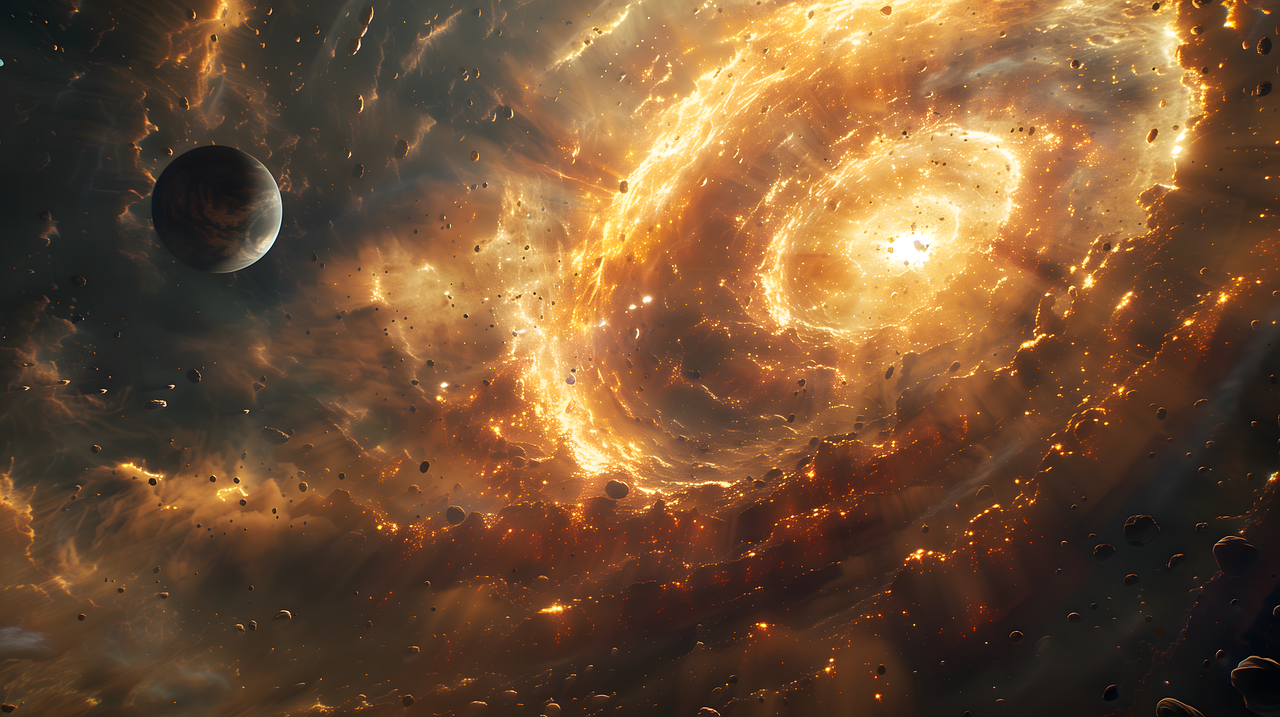
Meanwhile, this discovery stands as a testament to the power of human curiosity and the enduring legacy of Einstein’s vision. As our telescopes peer deeper into the heavens and our understanding of the universe expands, it seems that Einstein’s theories continue to guide us, shedding light on the darkest corners of the cosmos.
Relevant articles:
– Study proves black holes have a ‘plunging region,’ just as Einstein predicted, CNN
– Einstein Proven Right on Black Holes’ ‘Plunging Regions’, Newsweek
– Scientists discover bizarre region around black holes that proves Einstein right yet again, Live Science
– First proof that “plunging regions” exist around black holes in space, University of Oxford
